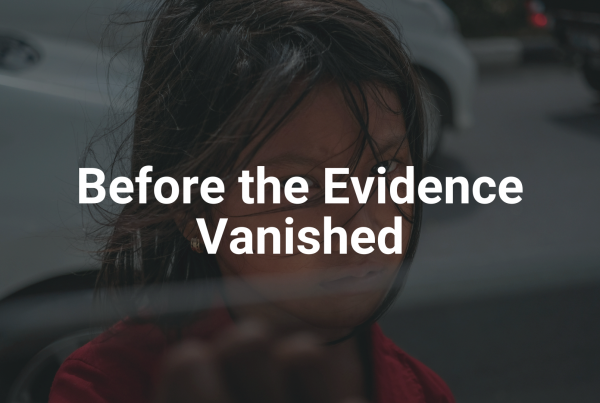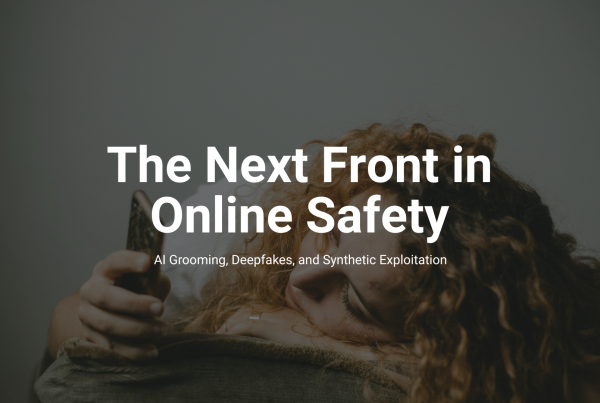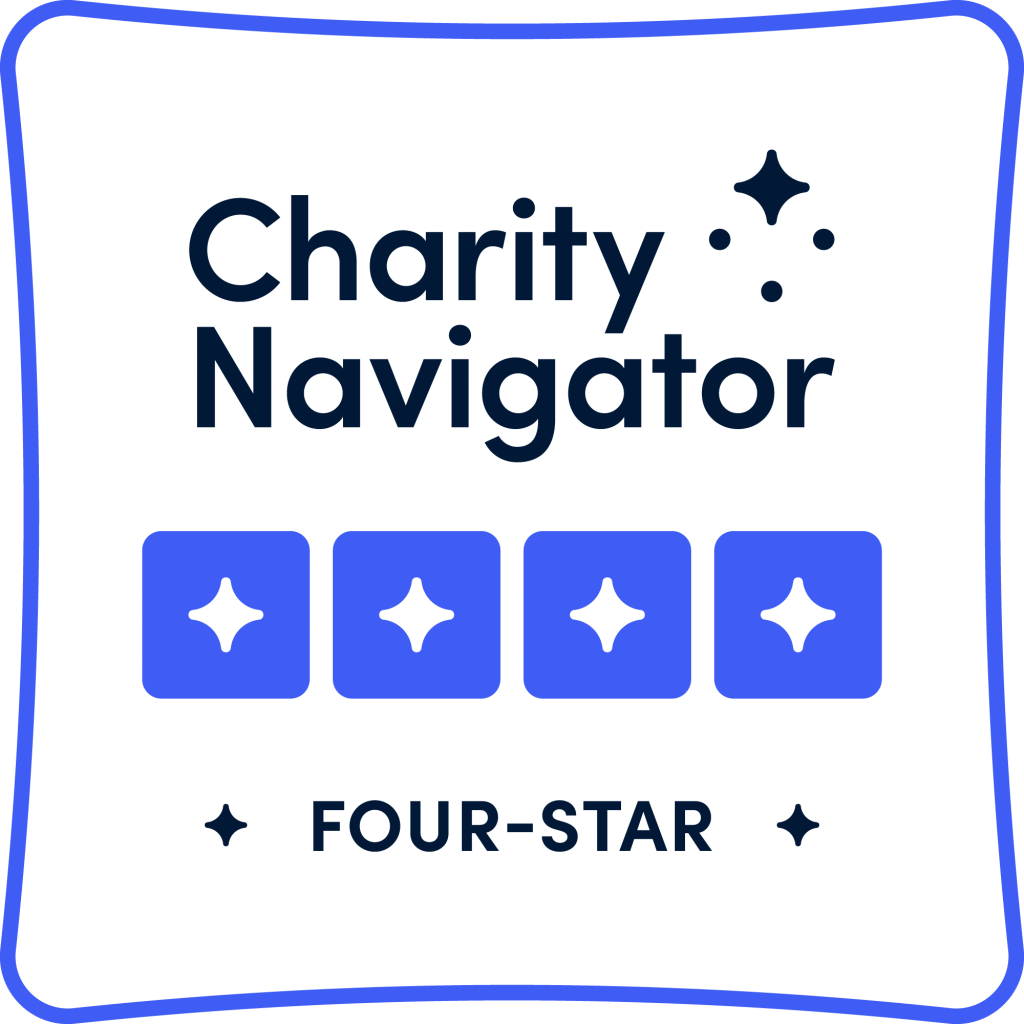Authors: Mike
Published: November 17, 2025
In early October 2025, a colleague and I gave a virtual talk for the Innocent Lives Foundation about how parents can protect their children from online predators. My part focused on safety in the age of AI. Everything was going fine. The questions were steady and thoughtful. Then one came in that caught me off guard.
“Are there any conversation guides or materials for parents and families who have children with disabilities?”
I froze.
I didn’t have an answer. Not a good one. I said something vague about how “there must be resources out there,” and moved on. But that question stayed with me.
When the session ended, I sat there, thinking about that question over and over again. That parent wasn’t asking for something advanced. They were asking for help that presumably fit their family. And I hadn’t done my homework.
That moment changed how I think about online safety for children. So many of the materials we use assume every child learns, feels, and communicates the same way. But that’s not true. Children with disabilities may experience the internet differently. Some might have trouble spotting manipulation. Others may depend on technology to connect or express themselves, which can create privacy risks. And yes, predators know that.
If we want to protect every child, we have to include the ones who are often left out..
What “Better” Actually Means
It starts with communication. Many existing safety guides rely on long explanations or abstract warnings that don’t connect. For children with developmental, cognitive, or communication differences, that can make the message impossible to grasp.
Families, advocates, and educators I’ve researched suggest a few better ways:
- Use clear, direct language. Skip vague terms like “stranger danger.” Say exactly what you mean: “If someone online asks where you live or what school you go to, tell me right away.”
- Add visuals. Pictures, comic strips, or short story cards help show cause and effect.
- Repeat lessons. One talk isn’t enough. Build short reminders into regular life.
- Teach confidence, not fear. Focus on what safe sharing looks like, how to respond to pressure, and how to say no.
- Secure assistive devices. If your child uses a communication app or voice tool, check that privacy settings are locked down and personal details can’t be shared automatically.
None of this is instant. It takes patience, trial, and sometimes error. But that’s what it takes to make sure a child truly understands.
Where Families Can Start
I eventually found a few organizations already doing great work in this space:
- Autism Speaks – Safety Tool Kits
Printable checklists and teaching materials to help families create personalized safety plans for children on the autism spectrum.
autismspeaks.org/safety-plans - Autism Speaks – Transition Tool Kit
Includes a section on technology and internet safety for teens and young adults with autism.
autismspeaks.org/tool-kit-excerpt/how-technology-can-help - National Center on Disability and Journalism (NCDJ)
Offers a style guide that helps writers use accurate, respectful language about disabilities.
ncdj.org/style-guide - National Autism Association – Big Red Safety Box
While it focuses on wandering prevention, its visual approach shows how complex topics can be taught clearly.
nationalautismassociation.org/big-red-safety-box
These groups are doing what I should have been ready to share that day. They show that accessibility in safety education isn’t optional. It’s essential.
Looking Ahead
I still don’t have a perfect answer, or even a complete one if we’re honest. Building real inclusion takes time, effort, and funding, and right now, that’s not easy. But that question from one parent keeps me grounded.
Because protecting every child means listening when someone tells you the message didn’t reach theirs.
That’s where change starts. Not with a campaign or a polished guide. But with one moment of honesty, and a choice to listen better next time.
Donate today to power our mission and ensure we can protect the world’s most vulnerable children together.





